Sensational Lavender – 5 Pack Of Quart Pots
$69.97 Original price was: $69.97.$48.98Current price is: $48.98.
SKU: D2LSC 9639478272 Categories: HERB PLANTS, PLANTS & TREES
- Shop with ease, buy with confidence.
- Safe and Secure Payments, Always
- Prompt service, every time.
- Fast, friendly, always here to help.

Sensational Lavender
Lavandula x intermedia ‘Tesseract’
Plant Details
USDA Plant Hardiness Zones: 5a-9b Find Your Zone
Plant Type: Perennial Herb
Height at Maturity: 24-30″
Width at Maturity: 30-36”
Spacing: 24″ for mass plantings or solid borders; 5′ for space between plants
Spacing: 24″ for mass plantings or solid borders; 5′ for space between plants
Growth Habit / Form: Mounding
Growth Rate: Moderate
Flower Color: Blue-Purple
Flower Size: Large for a Lavender
Flowering Period: Summer
Flower Type: Single, packed on spikes
Fragrant Flowers: Yes
Foliage Color: Silvery-Gray
Fragrant Foliage: Yes!
Berries: No
Berry Color: No
Sun Needs: Full to Mostly Sun
Water Needs: Average, low when established
Soil Type: Clay (Amended), Loam, Sand, Silt
Soil Moisture / Drainage: Damp to moist But Well Drained, drought tolerant when established
Soil pH: 6.7 – 7.5 (Neutral to Slightly Alkaline)
Maintenance / Care: Low
Attracts: Butterflies, Visual Attention, Sensory Appeal
Resistances: Deer, Drought, Dry Soil, Heat, Humidity, Insect, Rabbit
Description
A next generation hybrid, from mid summer to early fall Sensational Lavender features abundant spikes of much larger and thicker flowers on sturdier stems that are clothed in silver-grey foliage, which has a sweet lavender floral aroma with low camphor, making it a superb choice for culinary uses, drying, and aromatherapy. Unlike many lavenders, this one grows very dense and has shown exceptional heat and humidity tolerance as far south as USDA Zone 9b. Excellent for pots, landscape borders and garden beds.
Landscape & Garden Uses
Growing 18 inches tall with blooms to 24 inches and 24 to 30 inches wide, Sensational Lavender is ideal for use as an accent, in groupings or mass plantings, or as a low hedge in landscape and perennial borders and herb gardens. Mass plantings are truly breathtaking. It has also done well for us in container gardens, which can be overwintered indoors above Zone 5a. A fine selection for herb gardens, perennial gardens, purple theme gardens, cottage gardens, and rock and fragrance gardens.
Suggested Spacing: 18 to 20 inches apart for mass plantings or solid borders; 5 feet apart for space between plants
How To Measure Total Square Feet Of A Planting Area
How Many Plants Needed To Cover A Planting Area?
Note: For our customers who live and garden north of USDA Plant Hardiness Zone 5a, where this Lavender variety is not winter hardy, you’ll be happy to know it can be grown in containers that can be brought indoors during winter and placed back outside when temperatures warm up in spring.
Growing Preferences
Lavender is easy to grow in a moist to somewhat dry well-drained soil of average to low fertility and plenty of sun. Constantly soggy soil or standing water is problematic. If desired, the plant can be cut back by one-third its height after flowering to maintain a fuller plant. For example, if your plant is 30 inches tall you can cut it back to 20 inches tall.
Helpful Articles
Click on a link below to find helpful advice from our experts on how to plant, prune, fertilize and water Lavender plants.
How To Plant & Care For Lavender Plants
How To Grow Herbs In A Pot
How To Grow Herbs Indoors
Herb Garden Design Ideas & Tips
Plant Long & Prosper!
Meet The Wilson Brothers & Staff
Questions? Contact Us!
Be the first to review “Sensational Lavender – 5 Pack Of Quart Pots” Cancel reply
Related products
Sale!
NATIVE PLANTS
Sale!
PLANTS & TREES
Sale!
PLANTS & TREES
Sale!
PLANTS & TREES
Sale!
FRUIT TREES & PLANTS
Sale!
PLANTS & TREES
Sale!
FRAGRANT PLANTS
Sale!
GROUNDCOVER PLANTS
Purple Wintercreeper – Euonymus Fortunei Coloratus – 10 Pack Of Pint Pots



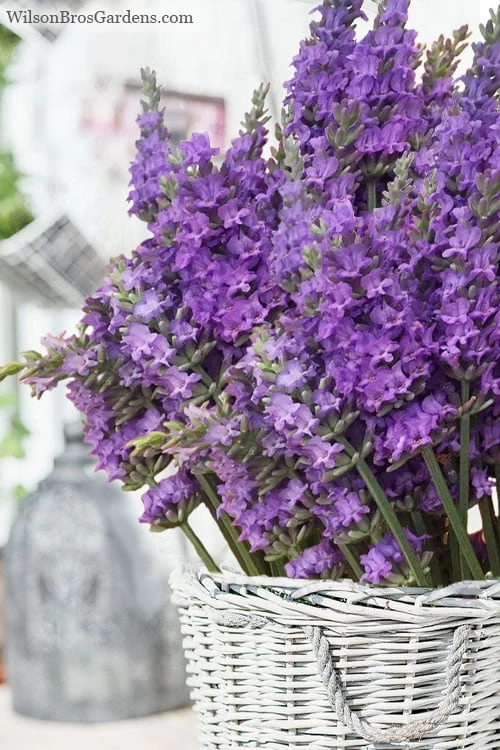

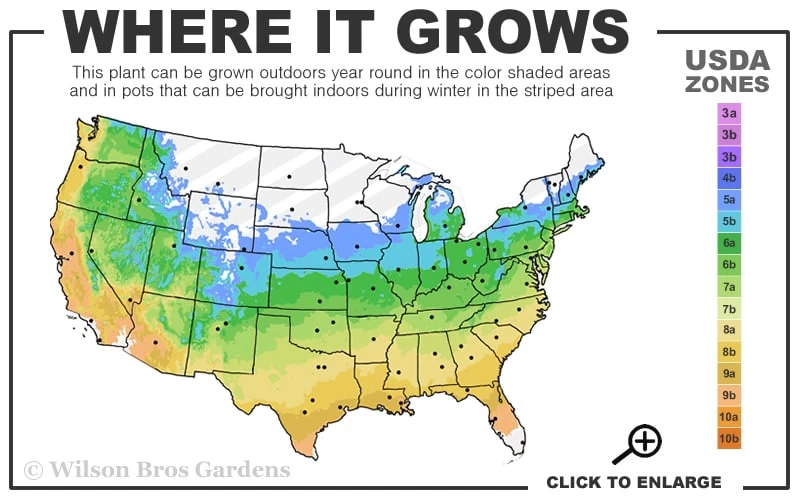
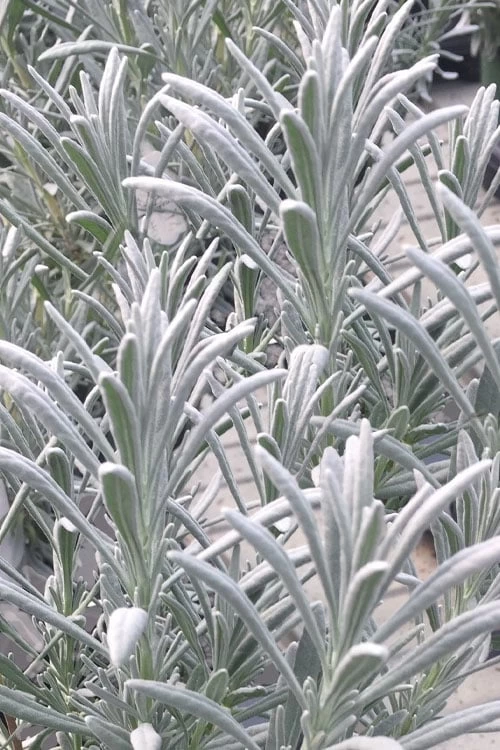


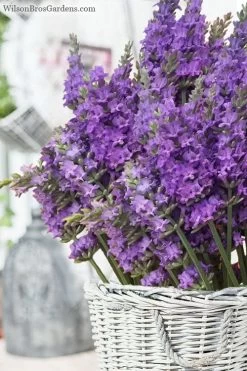

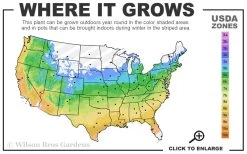

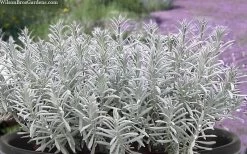

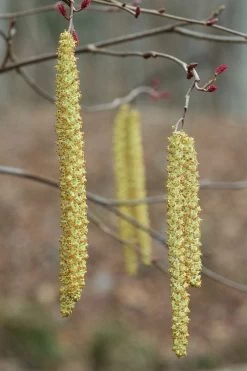
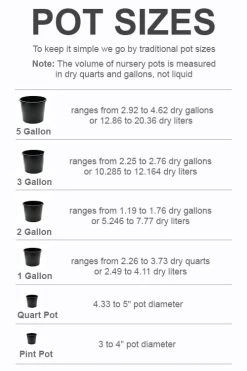
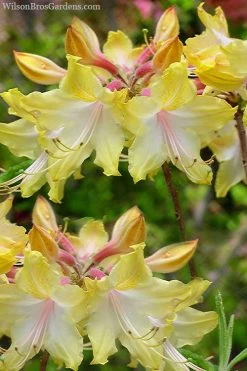

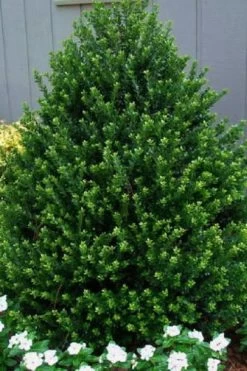
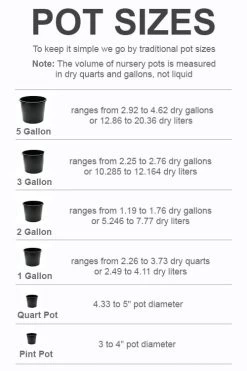
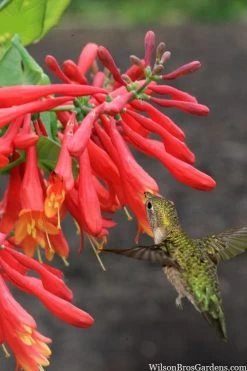

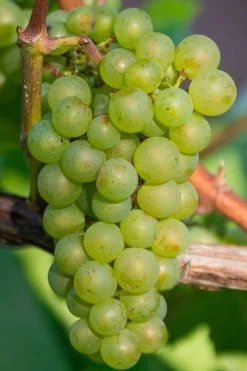
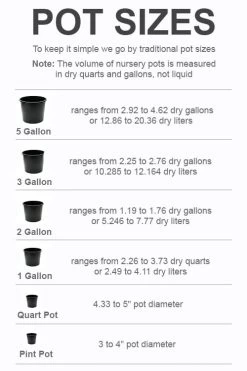

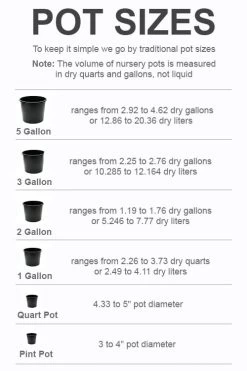
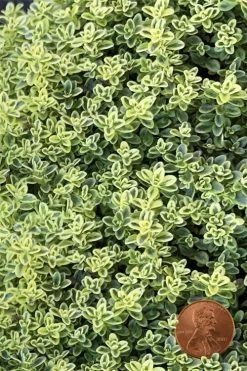
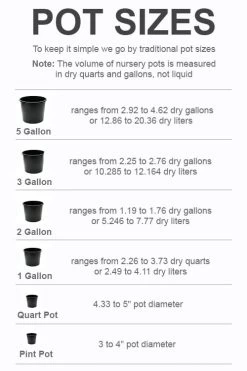
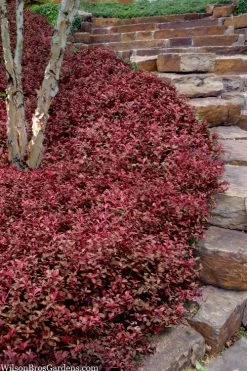
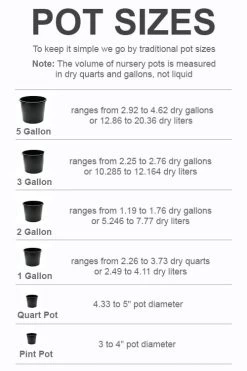
Reviews
There are no reviews yet.